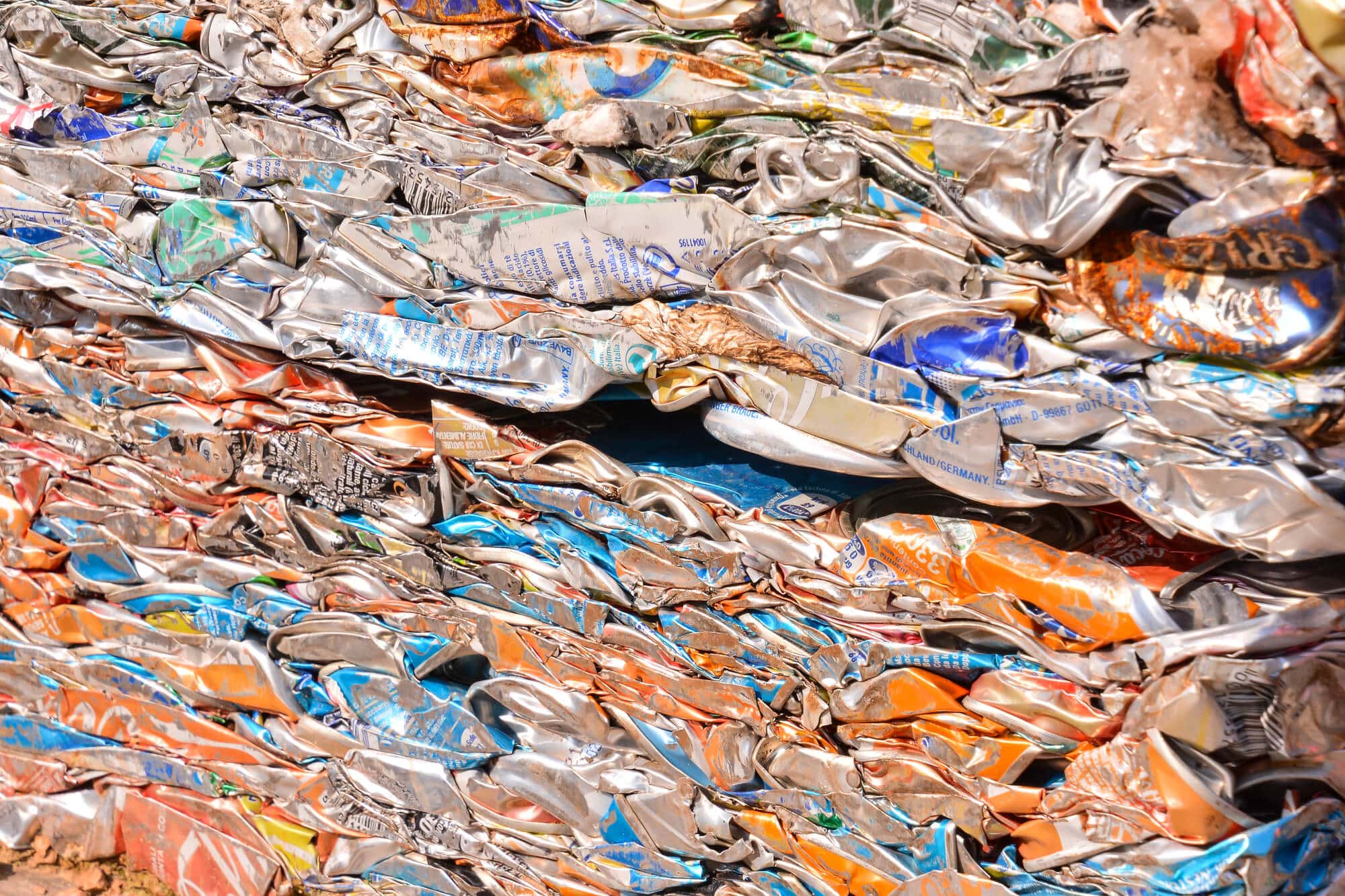Researchers from the University of Cambridge have found a method for making biodegradable plastic from plant proteins common in nature that are a renewable material. Inspired by spider webs, the innovative plastic material behaves similarly to other types of plastic, and can even be broken down at home
[Translation by Dr. Moshe Nachmani]

Plastic is an extremely useful material that provides significant benefits to modern humanity. However, the large amount of plastic products produced during the last decades has also caused serious environmental pollution. Packaging materials alone were responsible for almost fifty percent of the 340 million tons of plastic waste produced worldwide in 2018. Although the rate of plastic recycling has increased significantly in recent years, most of the plastic materials we use today are in the form of single-use materials that cannot be recycled and are not biodegradable . The demand for food will double its rate by the year 2050. This estimate will probably increase even more the amount of waste coming from food and food packaging materials, and will cause poorer countries to be under a great burden in terms of managing the disposal of this waste. In order to address this environmental problem, the world needs more sustainable materials that can be recycled and biodegradable. It is true that the field of plastic based on plant materials is expanding and advancing, but many of these types of plastic are broken down only by industrial processes and not at home.
Now, researchers from the University of Cambridge have found a method to make this type of plastic from plant proteins common in nature that are a renewable material. Inspired by spider webs, the innovative plastic material behaves similarly to other types of plastic, and can be broken down at home.
types of plastic
Types of synthetic and non-biodegradable plastic commonly used for food packaging include, among others, polyethylene terephthalate (PET), polystyrene (PS) and crystalline polythene terephthalate (CPET). Admittedly, there are several processes for recycling PET plastic waste - mainly mechanical and chemical methods - but most of the plastic around the world is still thrown into landfills. This type of plastic takes hundreds of years to break down and is not biodegradable. This fact means that this plastic will continue to pollute the environmental system for many years. In addition, the production of plastic requires large amounts of energy and when it is thrown into the trash it causes environmental damage, including global warming, greenhouse gas emissions and damage to marine life.
On the other hand, there are several types of biodegradable plastics based on plants on the market today, such as polylactic acid (PLA), polybutylene succinate (PBS), polycaprolactone (PCL) as well as polyhydroxyalkanoates (PHAs), which are more friendly to the environment than the non-degradable polymers. PLA plastic is produced from renewable sources and the advantages of using it are that it is recyclable and can be recycled at home as compost. This fact makes PLA a more environmentally friendly material than the other types of plastic (PET, PS, CPET); However, the long-term sustainability and stability of this type of plastic is lower than its synthetic counterparts.
The innovative material
The study examined the potential use of a biodegradable and renewable polymer, such as soy protein, for the preparation of a new material that could be an alternative to the other types of plant-based plastics. The researchers created a plant-based plastic and added nanoparticles to it - particles smaller than a millionth of a meter. This addition allowed the researchers to control the structure of the material while creating flexible layers that mimic the structure of spider webs, at the molecular level, and called it "vegan spider webs".
The research team made use of several measuring devices, including a scanning electron microscope as well as a penetrating electron microscope in order to examine the detailed structure of the layer. They were able to identify important properties, such as boundary properties and moisture absorption capacity. They discovered that the addition of the nanoparticles helped to increase several properties - such as the strength as well as the long-term sustainability and stability - significantly. By creating such plastic within a more environmentally friendly production process, made from self-sustainable materials, a significant amount of energy can be saved. This is one of the most fascinating results from this study.
This innovative material could solve some of the problems that plastic pollution causes to the environment - by using an innovative material produced from a renewable source and with increased properties in terms of its sustainability and stability, a material that could be extremely useful in engineering applications, including the development of packaging materials. That is, the research could help increase the production of biodegradable packaging materials, using renewable natural sources, and within the framework of production processes that require the use of less energy, while also reducing the amount of plastic waste thrown into landfills.
More of the topic in Hayadan:

3 תגובות
Sounds good, but...
If they start growing soybeans to produce plastic packaging, after they have already usurped vast agricultural areas to produce fuel from corn and sugar, there will be no space left to grow food and there will be nothing to pack in those packages
What an innovator... in the same year that Nixon outlawed cannabis as part of the "war on drugs" a patent was invented for making plastic bags from cannabis fibers which degrade over time.
"Nanoparticles - particles smaller than a millionth of a meter"?
Elifit - Milli
A millionth - micro
A billion - a nano
A trillion - pico
It is true that even a journey of a thousand miles begins with one step and I still would not define the length of the journey as a journey longer than one step.